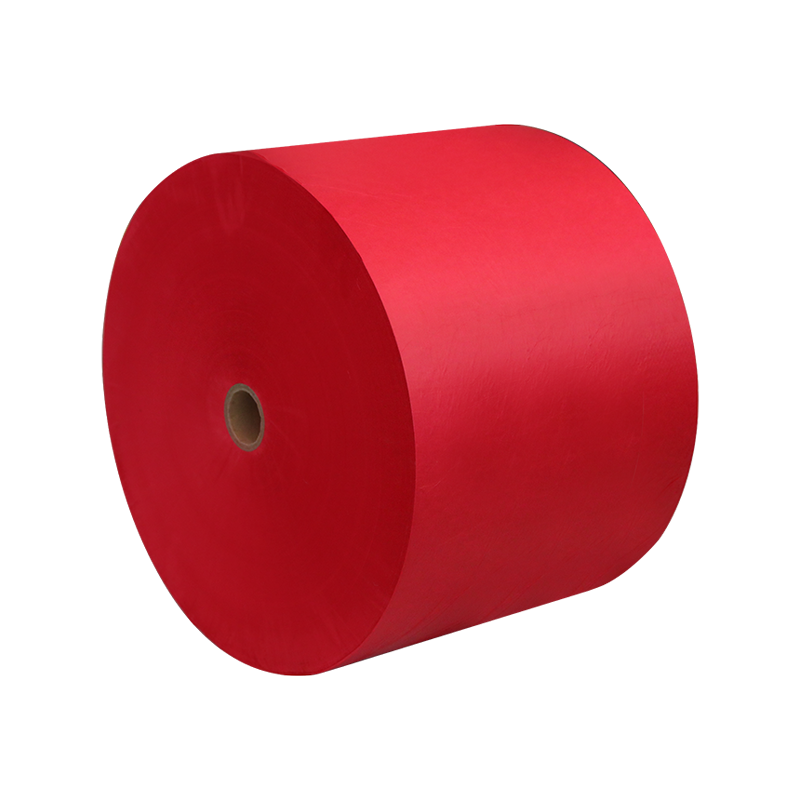In the world of printing and publishing, the final output isn’t just about ink or the printer — it starts with the printing base paper . Often overlooked, this foundational material plays a crucial role in determining print clarity, color vibrancy, and overall document quality.
Whether you're printing marketing materials, office documents, books, or packaging, choosing the right printing base paper can significantly enhance the visual appeal and professionalism of your printed content.
This type of paper is designed to offer optimal absorbency, smoothness, and dimensional stability, ensuring that printed images are sharp, colors remain vibrant, and text remains legible.
Key Characteristics of Printing Base Paper
Basis Weight
Measured in grams per square meter (gsm), basis weight determines the thickness and durability of the paper.
Common weights range from 60gsm (lightweight) to 120gsm (heavyweight).
Surface Smoothness
Affects ink transfer and print resolution. Smoother surfaces yield sharper prints, especially in high-detail graphics.
Absorbency
Dictates how quickly ink is absorbed into the paper. Too much absorption can lead to feathering, while too little can cause smudging.

Brightness and Whiteness
Brighter papers enhance contrast and color accuracy, making them ideal for marketing materials and photographs.
Opacity
High-opacity papers prevent show-through from the other side — essential for double-sided printing.
Coatability
Some base papers are treated with a light coating to improve their ability to hold ink and resist curling.
Types of Printing Base Paper
Uncoated Woodfree (UWF)
Made from chemical pulp without mechanical wood content, offering excellent printability and strength.
Widely used for office documents, letterheads, and books.
Lightweight Coated (LWC)
Has a thin coating applied to one or both sides to improve print finish.
Commonly used in magazines, catalogs, and advertising inserts.
Supercalendered (SC) Paper
Contains a higher proportion of mechanical pulp and mineral fillers.
Used in newspaper supplements and mass-printed publications.
Recycled Base Paper
Eco-friendly alternative made from post-consumer fibers.
Suitable for everyday office use and environmentally conscious brands.
Applications Across Industries
Publishing : Books, newspapers, journals
Marketing & Advertising : Flyers, brochures, posters
Office Use : Reports, presentations, internal memos
Packaging : Labels, box inserts, product manuals
Education : Workbooks, handouts, certificates
Each application requires a specific grade and specification of base paper to ensure professional results and cost-effective production.
While printers and inks often steal the spotlight, the printing base paper is truly the unsung hero of high-quality print output. Its properties directly influence how well an image or text appears on the page and how durable the final product will be.
Understanding the different types and characteristics of printing base paper empowers businesses and individuals to choose the best material for their needs — whether it's for crisp office documents or glossy marketing collateral.
Investing in the right printing base paper not only enhances the look and feel of your printed materials but also contributes to efficient printing operations and long-term brand credibility.